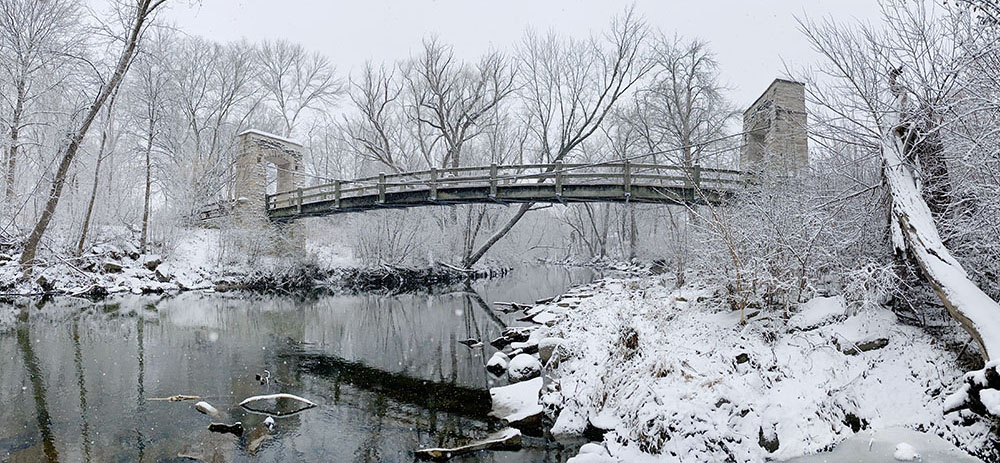
First Snow: A meditation on winter, climate change, and feeling good!
February 1, 2023 | Topics: Spotlight, Stories
By Eddee Daniel
Ah, yes! Finally, I wake up to find weeks of dreary, listless winter erased. The muddy earth, fresh and clean, is veiled in a seamless coat of snow. Every limb and twig of every tree is stitched up and snuggled in a pristine white sleeve. How long I have waited for this! I, for one, do not hesitate. Donning parka, scarf, mittens, boots—and camera—I head out into the still falling snow … ripe for adventure!
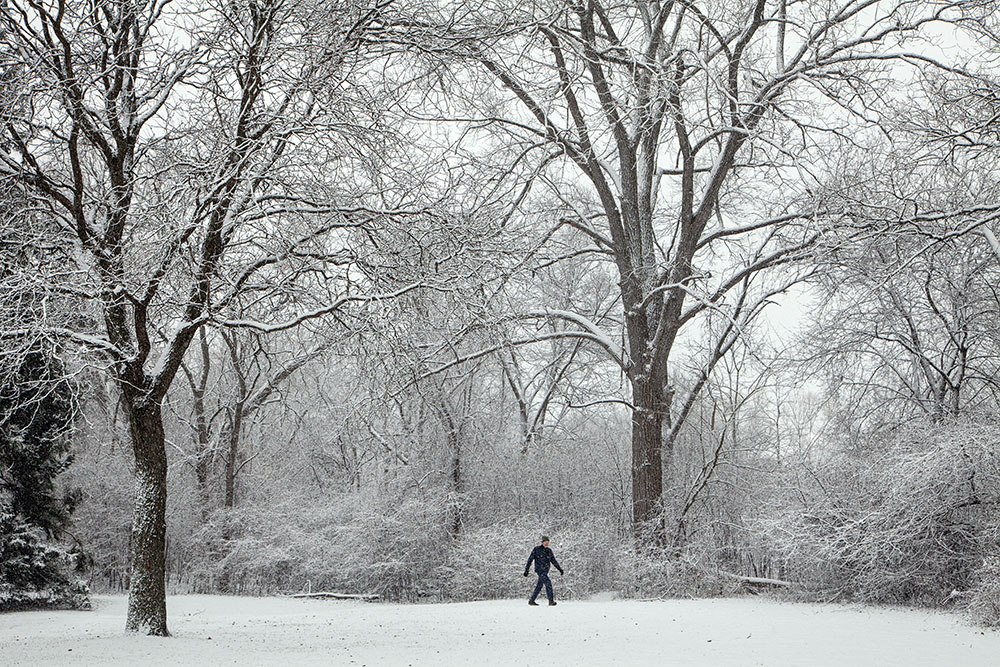
Nothing has changed, speaking globally, and yet all worldly tragedies suddenly seem for the moment softened like the cottony landscape. There is nothing like the immediacy of a heavy snowfall to take us out of quotidian life, into internal realms of the soul. I head outside, down the short hill into my neighborhood park. As the snow swirls around my head, obscuring the houses behind me, I feel like I’m walking into a fairy tale. No need to know where I’m going; no need to wonder why.

The hazy tree line looming along the Menomonee River ahead grows more distinct as I approach. I soon discover that I am not alone in my delight. The Oak Leaf Trail, which runs the length of Hoyt Park, isn’t exactly busy, but I don’t have to wait long before someone ambles by. Or jogs. I even spot a cyclist braving the treacherous, snow-covered pavement, snow blowing against his face.
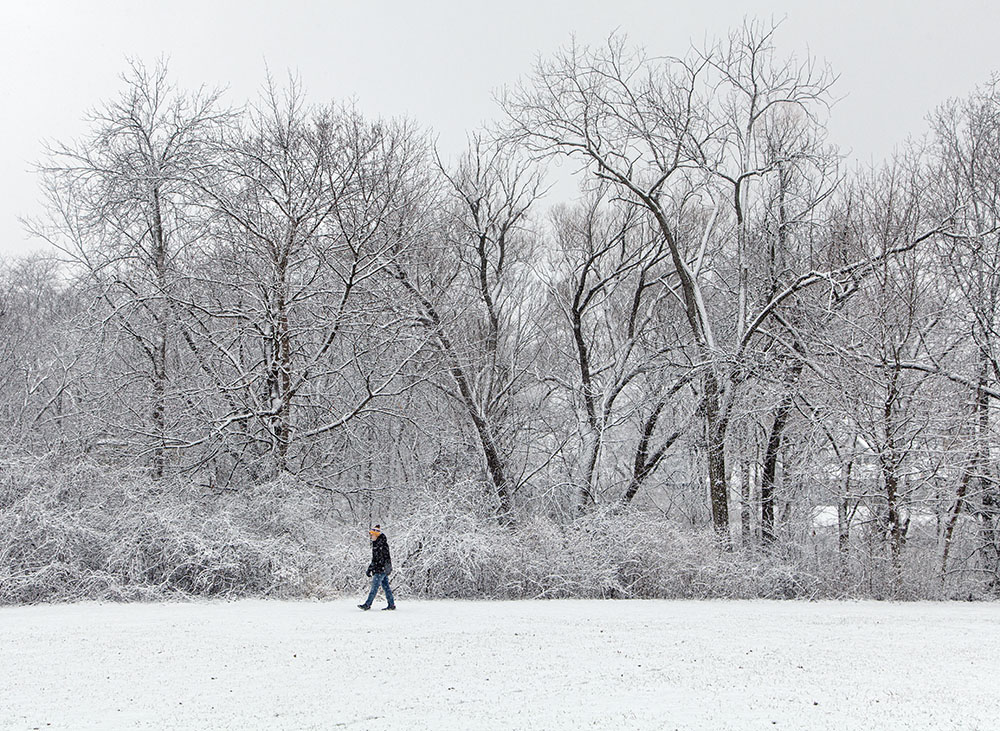

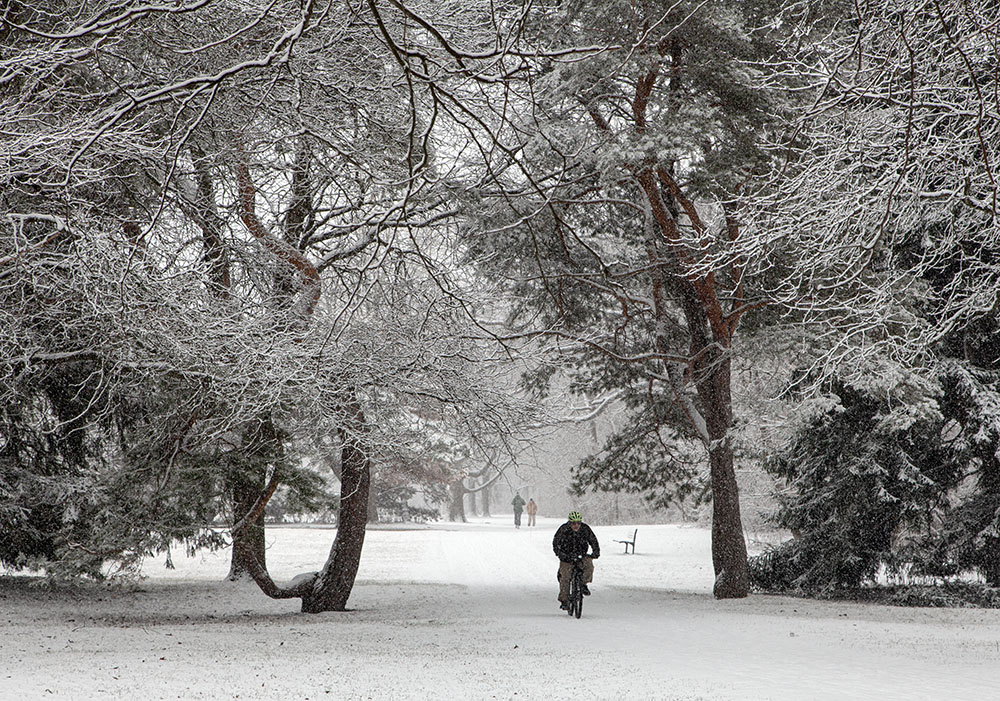
Even in less-trodden places than the Oak Leaf Trail I find people out exploring. The need to connect with nature is great in us. Fresh snow provides the impetus. Plunging into the wonderland of frosted trees and underbrush along the river, I feel like I could easily—willingly—get lost in it. If only I could lose myself in a place as familiar as Hoyt Park. It is lovely to imagine I might get lost in a place as beautiful as this! I like to think of it as being mindless in the wilderness. Aware only of the sensations of snow, more snow, and only silent snow, all around.
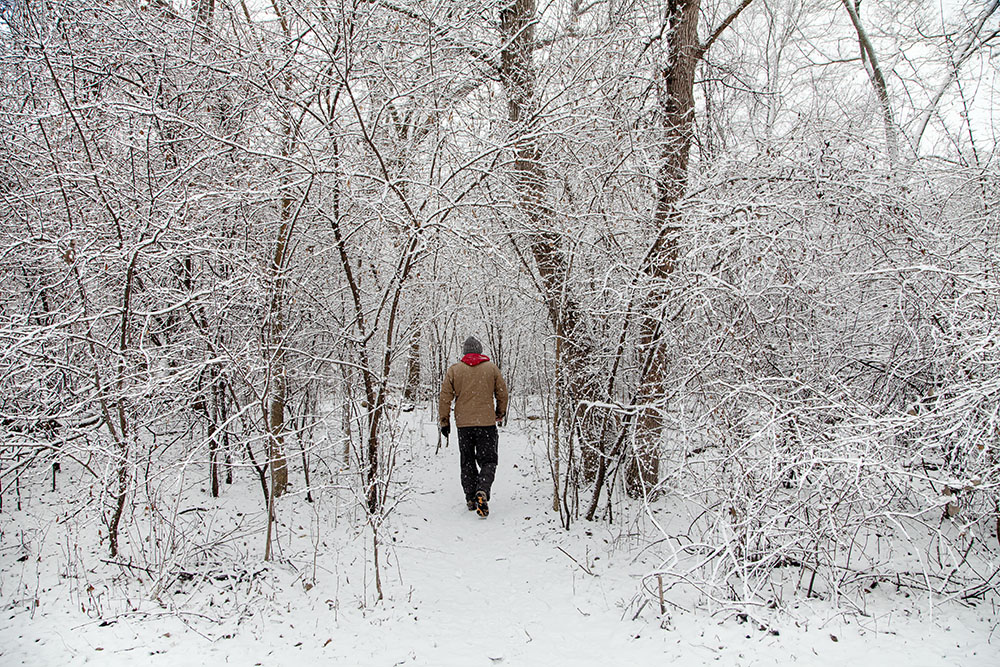
There was a time when you could expect these sensations—these conditions—throughout the months of December and especially January. It took until now, halfway through January, this year. The first half of the month was the warmest on record here in SE Wisconsin. I remember—and it wasn’t so long ago—when the temperature never rose above freezing all month. We were proud of our fortitude, we Wisconsinites, as we shoveled our way through to Groundhog Day and a February thaw.
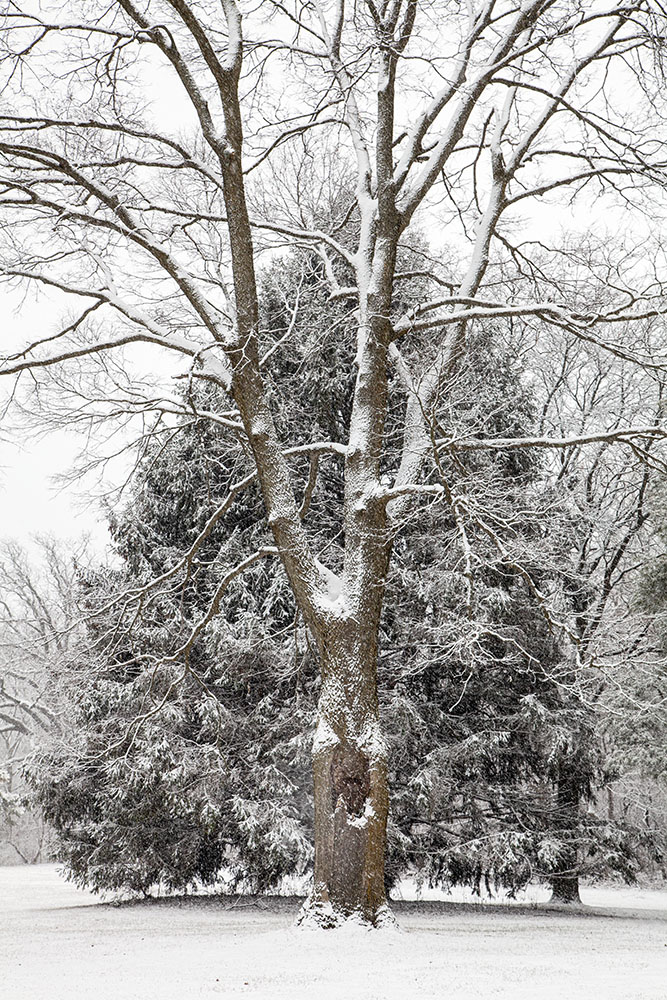
So far this year I’ve been out hiking several times on barren cross-country ski trails, even snowmobile trails, getting muddy along the way. Sleds have been hanging unused in the garage. (We broke them out, finally, with the new snow and the grandkids clamoring.)
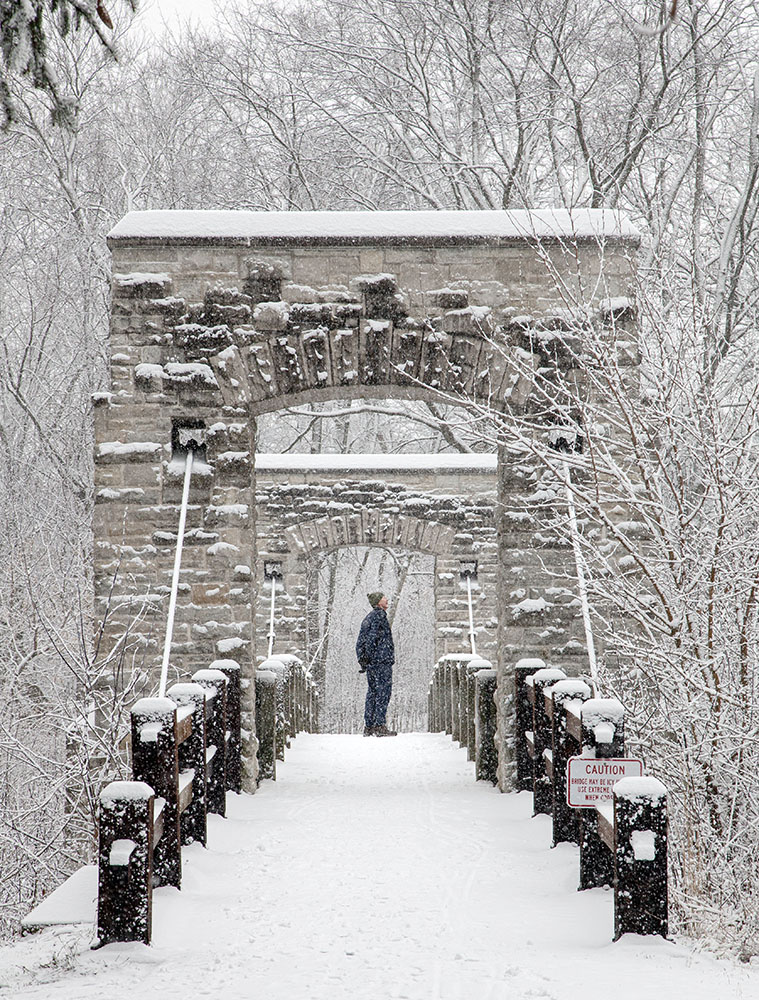

The fact that we are in a period of great climate change is no longer debated, though its specific effects and what should be done about it continue to be. I nominate the decline of Wisconsin winter as one of the effects. And what am I doing about it? Let me count the ways. But I’d like to raise up another voice, one I greatly admire: Robin Wall Kimmerer, the Potawatomi scientist and author of “Braiding Sweetgrass: Indigenous Wisdom, Scientific Knowledge, and the Teachings of Plants.” Coincidentally, an interview with her was published in the NY Times on Jan. 29.

The Times article quotes her saying, “The story that we have to illuminate is that we don’t have to be complicit with destruction. That’s the assumption: that there are these powerful forces around us that we can’t possibly counteract. The refusal to be complicit can be a kind of resistance to dominant paradigms, but it’s also an opportunity to be creative and joyful and say, I can’t topple Monsanto, but I can plant an organic garden; I can’t counter fill-in-the-blank of environmental destruction, but I can create native landscaping that helps pollinators in the face of neonicotinoid pesticides. So much of what we think about in environmentalism is finger-wagging and gloom-and-doom, but when you look at a lot of those examples where people are taking things into their hands, they’re joyful. That’s healing not only for land but for our culture as well — it feels good.”
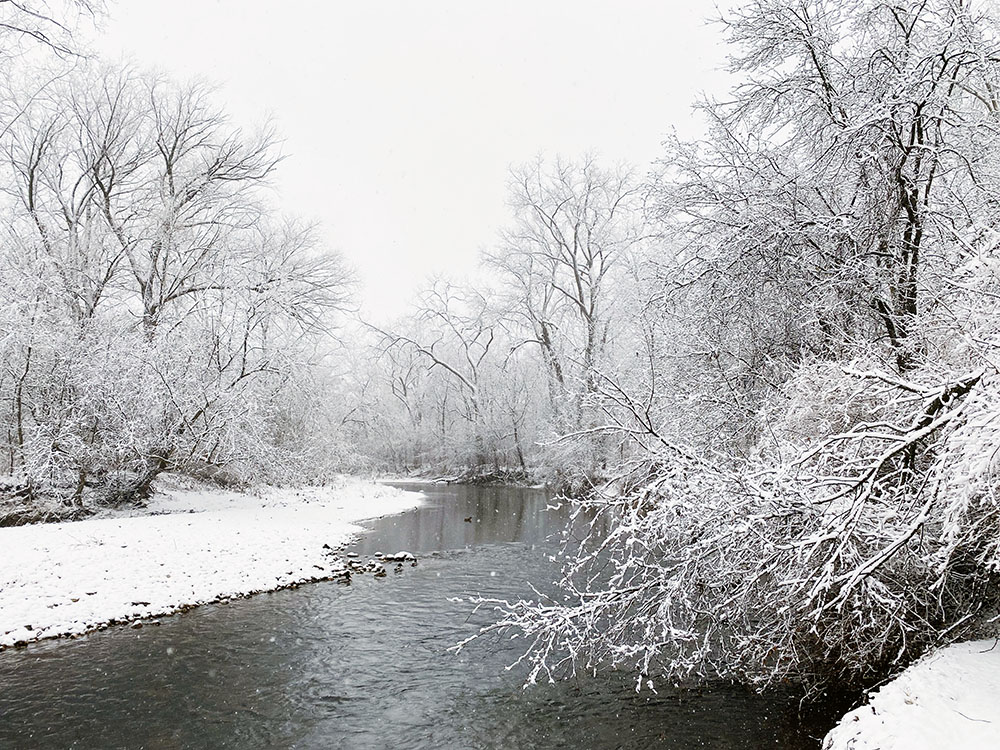
Here’s my own feel good suggestion: Go out for a walk in the snow! It’s good for exercising your body and your soul. And if you can’t (or even if you can) The Natural Realm is here to bring nature into your home. While you’re enjoying it, actually or vicariously, we here at Preserve Our Parks encourage you to do everything you can to support the wealth of local parks and preserves that make it possible. Most of our partner organizations are actively involved in helping to preserve nearby nature. Your support of them will be healing for the land, the culture, and for you!
By the way, it took me several days to write this story about the first snowfall. In that time I’ve been to several other parks and preserves. Here is a single image from each of those journeys.
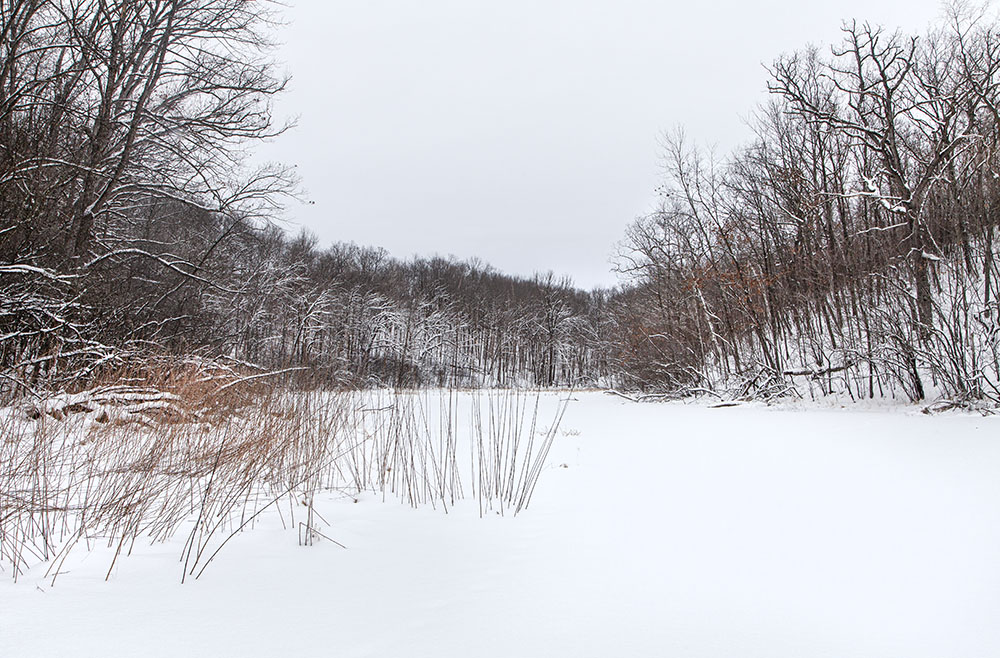
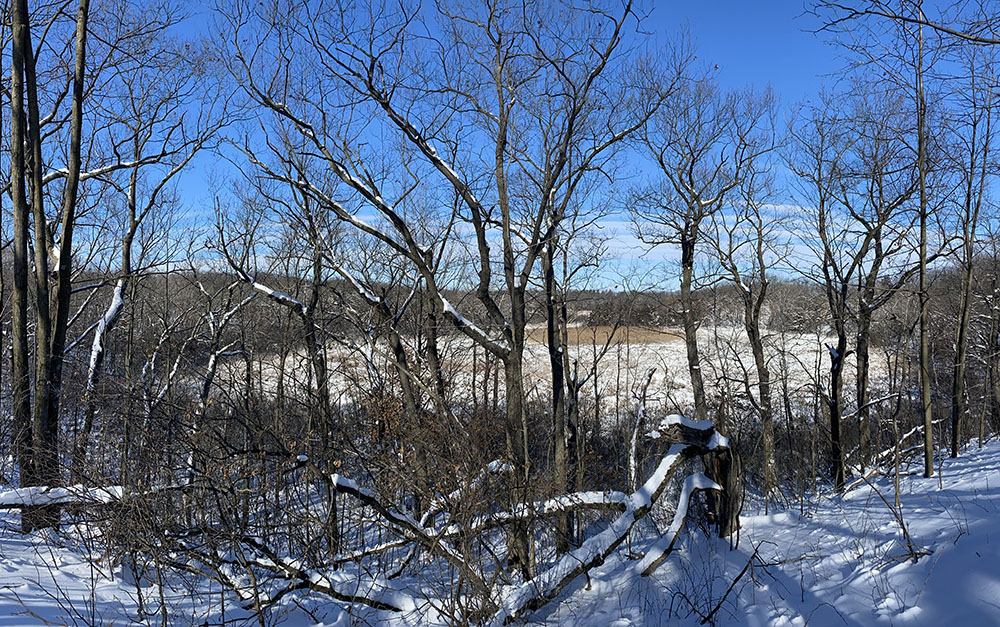

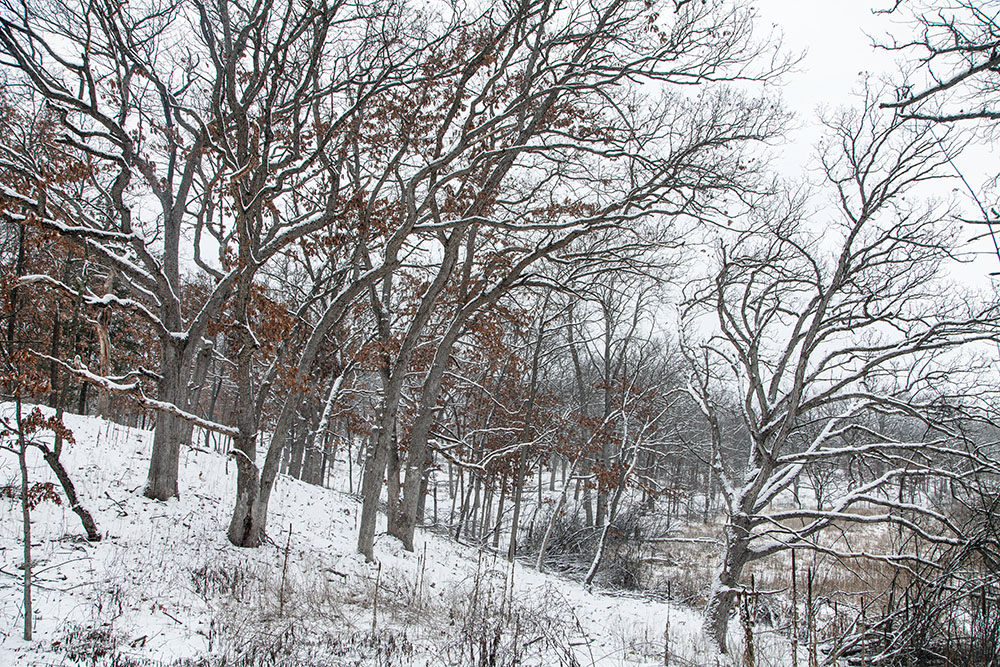
To read the entire interview with Robin Wall Kimmerer, go to NYTimes.
To learn about and support any of our partner organizations, go to our partner links page.
To learn more about the parks featured in this post and see more photos from them:
Hoyt Park (Menomonee River Parkway)
Seno Woodland Education Center
Related story:
Photo essay: First snow (a previous post on the subject with photos of Hoyt Park)
All photos in this post were taken in Hoyt Park except as noted. Eddee Daniel is a board member of Preserve Our Parks.
4 thoughts on "First Snow: A meditation on winter, climate change, and feeling good!"
Comments are closed.


I didn’t know anyone else knew about the Lunt-Fontanne trail! Over the years (before buckthorn, etc. removal) I’ve never seen anyone else out there. In the past I’ve been amazed to see, at the bottom of the little valley, the contrasting complete destruction of the neighboring gravel pit. They’re all over the Town of Genesee and the rest of Waukesha County, but one doesn’t often get such closeup views.
Thanks Russel, I wouldn’t know about the trail either, except that someone who lives nearby showed it to me!
Very nice!
What a wonderful blog with wonderful photos. And thank you too for sharing the New Your Times talk with Robin Wall Kammerer.